We caught up with the brilliant and insightful Jacquelyn Markham a few weeks ago and have shared our conversation below.
Jacquelyn, appreciate you joining us today. Can you talk to us about how you learned to do what you do?
Learning to do what I do
I learned to write poetry from living and reading. As a girl, I read everything—from cereal boxes to fairy tales and Hemingway novels. I attended a rural one-room schoolhouse from kindergarten through sixth grade, so my reading material was limited. I read books from the bookmobile and books from the school’s closets which included Heidi, Rebecca of Sunny Brook Farm, and Mary Poppins, along with a collection of old National Geographics. Our bookshelf at home contained a set of children’s books from a traveling salesman which apparently came with a set of Hemingway’s novels for the parents. I read them all many times, and I read the Hemingway, too, at age ten.
Eventually, though, I learned to hone my craft through a long journey from that one-room schoolhouse to earn three degrees in English and Literature. My graduate degrees focused on creative writing and poetry as a genre. I wrote collections of poetry for my thesis and dissertation. My research and critical writing focused on poetry, too, mostly on rescuing obscure women poets, like Charlotte Perkins Gilman whose poetry I collected and published. Yes, I have immersed myself in poetry and writing since childhood, but as my title suggests I am also a woman of many interests and passions with a deeply active creative force. Creativity is at the core of a Renaissance Woman, and I adopted a creative life at an early age. As my story unfolds, readers (and myself) will begin to see how my creative life has taken shape.
What skill was most essential to my process? No doubt creative financing was critical which includes adaptability, confidence, and bright ideas. As a “first generation” college graduate, I struggled with financing my degrees, especially the bachelor’s degree which took me ten years, taking courses here and there until I finally returned to college fulltime and completed the work. Another essential skill is attention to the detail and documentation. In earning my bachelor’s degree, I enjoyed a variety of courses in creative fields (such as photography and oral interpretation), but I rarely took courses that did not count toward my degree and kept in close contact with the registrar each time a change was needed. My math and science fears caused me to leave College Algebra and Physical Science to the last semester but I changed my attitude toward these disciplines and managed to ace them both! A true Renaissance woman should embrace the sciences as well as the arts. I must confess though that my astrology expertise is much more developed than my astronomy! One of my favorite poets of all time, modern American poet Hilda Doolittle (also known as H.D.) used her writing to find a balance between science and mysticism. From her mother, she inherited the mystical and from her father, an astronomer, her tendency toward science. Like H.D., I lean toward astrology, tarot, and mysticism, yet with a strong inclination toward focus, discipline, and recordkeeping, skills that have been invaluable to me in my diverse academic career.
Even in that decade of grabbing a course here and one there (before online options), I continued to live and read, so I was always preparing for my eventual studies at Florida State University where I began to focus specifically on creative writing. Had I not been teaching while earning my degrees, I may have sped up this process of learning my craft, but then, the teaching experience provided me a way to make a living while keeping my dream of writing alive as I honed my craft.
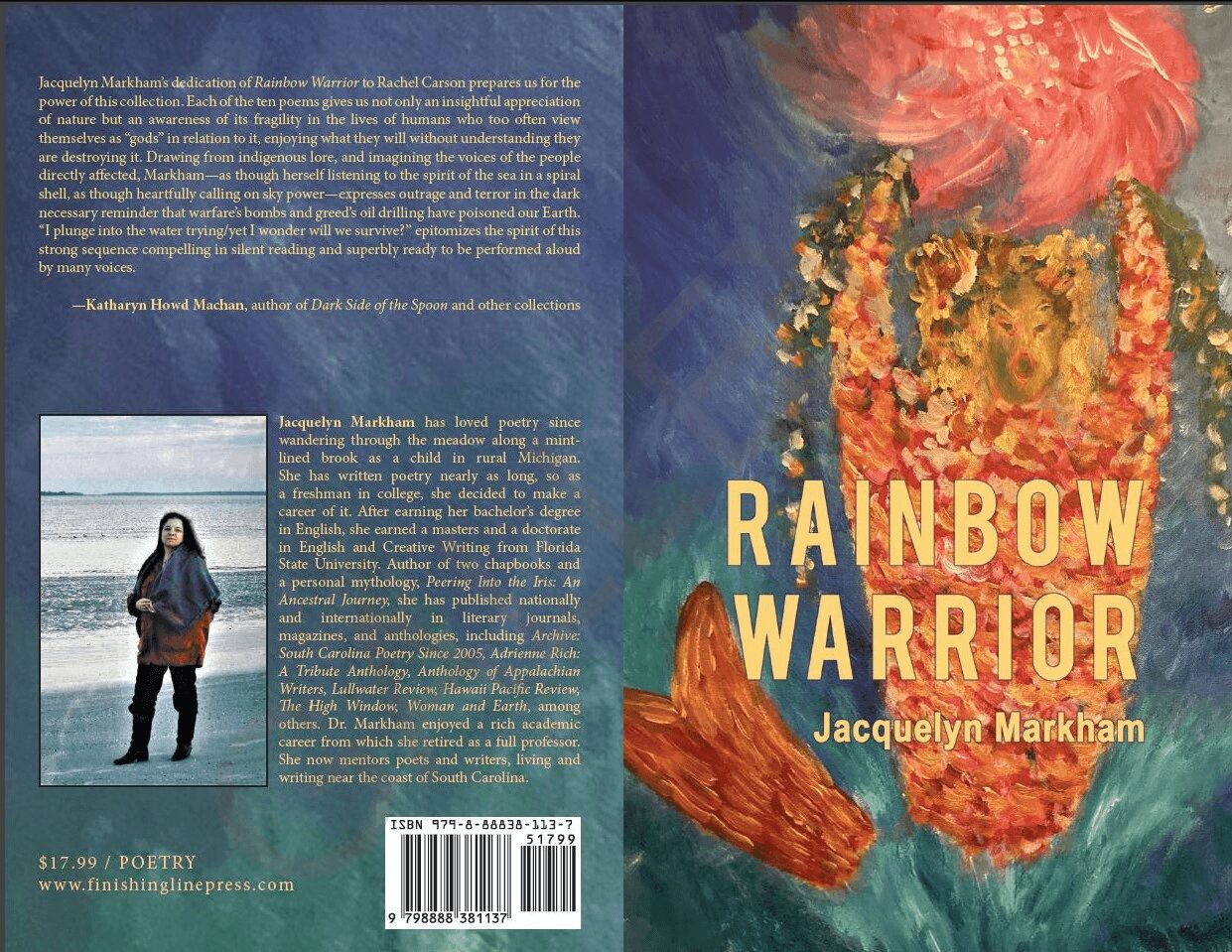
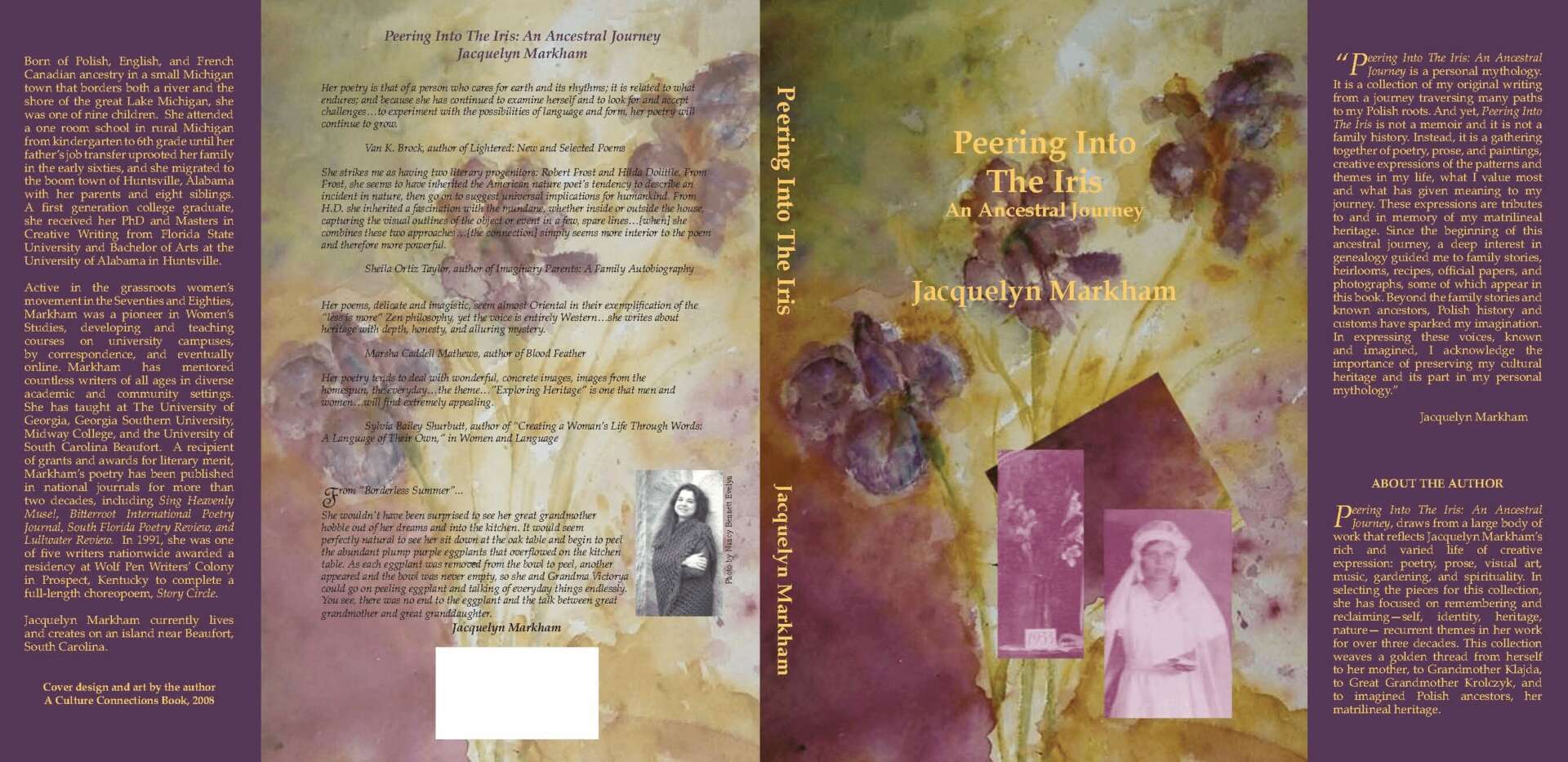
Jacquelyn, before we move on to more of these sorts of questions, can you take some time to bring our readers up to speed on you and what you do?
My journey expands
As I pursued a creative path which included painting, photography, and writing (as well as astrology and tarot), how did I get into academia? My path was never a straight line, but it was always creative and focused on my dream of writing. My fascination with words and stories started as a child with a very active imagination and the opportunity to let it fly. My mother had nine children to raise. I was in the upper middle, so many times I was lost in the confusion. The end effect, however, was to give me time to escape to the five acres of meadow and orchard with aging apple trees behind our old farmhouse in rural Michigan. If I had a library book, I would perch in a gnarly apple tree and read mysteries. If I didn’t have a book, I would play along the mint-lined brook and make things up—stories, poems, plays, and songs. I wrote my first play at about ten and staged it for any neighbors willing to pay a penny. Although I loved and memorized poetry as a child, I did not begin writing my own until I was 12 or 13. By that time, our family had moved to Huntsville, Alabama. There, in middle and high school, I excelled in English and History and continued to write poetry. Sadly though, I rarely found a mentor in those days. The question I most often heard as a teen was not which university do you want to attend, but instead, when are you getting married?
Seven of the nine kids were still at home when I was in high school, so I worked a lot after school. I loved babysitting for neighbors with books and libraries and first discovered Edgar Allen Poe’s “A Dream Within a Dream” while snooping through my neighbor’s bookshelves. I was hooked on poetry! Thus, I began my lifelong skill of creative financing and made my way to a nearby college the autumn after my graduation. Even as a freshman in college, I knew I wanted to major in English. During that first year at college, I attended a production of Cyrano de Bergerac and was spellbound. My interest in drama that dated back to that first play I directed on the front porch of my family’s farmhouse was piqued. But, that first year of college ended and my future was uncertain. I only had a dream of one day returning to college, and eventually, I did, bit by bit.
Ten years zipped by as I kept working toward and finally earned my bachelor’s degree. I never changed my major or my love for writing. I read, wrote poetry secretly, and edited the newsletter for the National Organization for Women. I didn’t seriously begin to hone my craft until I relocated to Tallahassee, Florida to work on my master’s degree at Florida State University. There I began seriously working on my craft with Professor Van Brock. I chose FSU for the creative writing options and pursued a Masters in English with a creative thesis, China Baby, a collection of poems exploring my Polish heritage.
Getting serious about my path
Even with a master’s degree, I still had no idea where my path was taking me as every position that entailed writing and editing eventually became an administrative one with little opportunity to do what I love: write! (I will confess of writing poetry on the job at times though!) After three years of seeking fame and fortune with a master’s in poetry, I tired of data input and the job search. The writing was on the wall, and I took note. I returned to FSU to work on a doctorate in Creative Writing in a supervised teaching program. My decision to do so was one of the best decisions ever. Again, I worked with Van Brock and also Shelia Ortiz Taylor. Brock taught me the craft of poetry; Ortiz Taylor taught me to trust myself and develop my voice; and Bonnie Braendlin, who then directed the supervised teaching program, taught me important lessons in teaching and mentoring students.
Thus began a rich and eclectic academic career! With appointments at several universities over the years, opportunities knocked, and if they did not, I knocked on their door. My vita says that I have presented over 100 papers, readings, workshops, and lectures of original work at universities, libraries, national and regional academic conferences. Although I am no longer associated with a university, I haven’t stopped presenting. Along with being featured by the Pat Conroy Literary Center in Beaufort, South Carolina since my latest book, Rainbow Warrior, was released by Finishing Line Press, I show up with new and published work to share at open mics, both on and offline. Recently, the Poetry Society of South Carolina offered me a chance to showcase my poetry at the Charleston Library Society. Nice feather! I am currently working on a book tour with Rainbow Warrior, a small collection of ecopoetry.
What I am most proud of
What first comes to my mind in thinking about what I am most proud of is the huge tome of Charlotte Perkins Gilman’s poetry that I collected from here, there, and everywhere (she published these poems in scattered journals, magazines, broadsides, and books between the years of 1884-1935). I also wrote a preface, introduction, and almost 600 endnotes with commentary on the poems for this book, published by Mellen Press in 2014. This effort was a labor of love as I adore this famous American feminist who most people know of as the author of “The Yellow Wallpaper.” (Few people, even Gilman enthusiasts, know her poetry.) In some ways, I identify with her. She, too, was a woman of many interests and passions. She started as an artist, transformed to a writer, and finally was a much sought after speaker during the progressive era (late 19th century). And, in some ways, I am inspired by her tenacity to keep going, like the speaker of her poem “An Obstacle,” when she “ran against a Prejudice/That quite cut off the view.” At first, daunted, she says “My path quite clearly showed,/My strength and time were limited/I carried quite a load.” So, what did she do? What I have done in my life so many times when I ran into obstacles, she: “walked directly through him,/As if he wasn’t there!”
Jacquelyn Markham (6/23/2024)
Written specifically for CanvasRebel Interview.

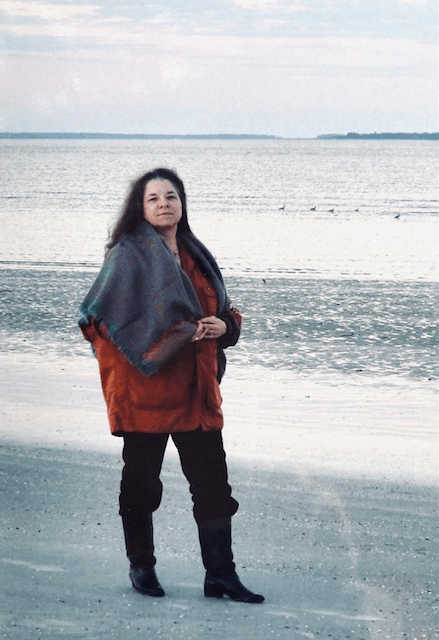
Let’s talk about resilience next – do you have a story you can share with us?
A story I have to share that shows my resilience is also a story that helped me to strengthen it. One definition of resilience is an ability to recover from or adjust easily to misfortune or change. I don’t know if I would agree that one must adjust “easily” to be resilient, but one must indeed recover and move on. My story is about how I developed the resilience that I needed by transforming the energy into something new. Let me explain. Strictly on intuition and a dream, I founded a women’s resource and cultural exchange to promote women in the arts and small business (a little like CanvasRebel, but with a focus on women.) I called this experiment Spiral Dynamics (a name that came to me in a dream) and I poured my heart, soul, money, and energy into it for almost 7 years. It was entrepreneurial, but it was also not-for-profit material. I created confidence building programs for girls, published a women’s directory, and most ambitious raised money to bring Luisah Teish, Yoruban priestess to our town (then in Athens, Georgia). But, all good things come to an end, and my financial advisors advised that I had pushed my creative financing theory to the limits. Devastated, I closed up shop, but meanwhile, I searched out new opportunities and discovered one that would give me a chance to develop programs for entrepreneurial women in Kentucky. It was tough as I had to relocate quickly to take the job as Executive Director of the Women’s Enterprise Institute, an SBA funded program, and I was responsible for implementing the grant! So, the energy that I had put into Spiral Dynamics seemed to me to transform into something more established with funding. After a few years, the National Association of Women Business Owners (NAWBO) in Lexington, Kentucky awarded me a Public Policy Advocate Award and Catalyst Award for my work with women in business. This story I think shows my resilience. I recovered and adapted, but I would not say easily. Still, the experience developed my resilience muscles for future needs.
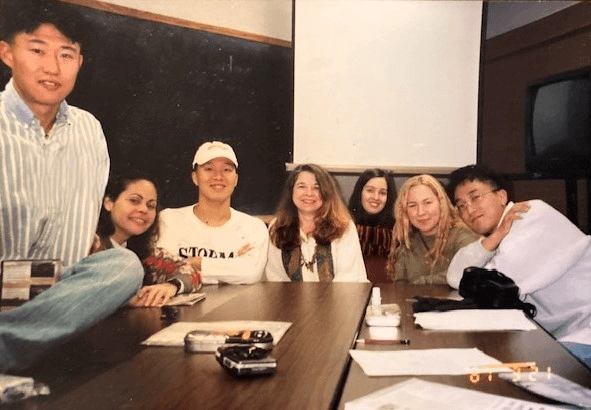
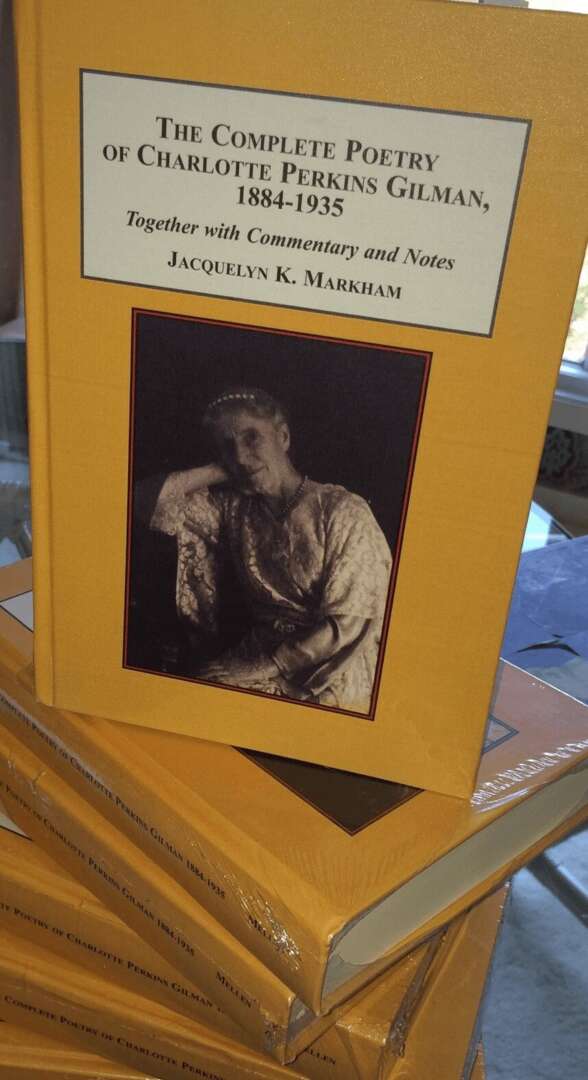
Is there a particular goal or mission driving your creative journey?
Not everything I write is driven by a goal or a mission, but much of it is, for example, Rainbow Warrior (Finishing Line Press, 2023), my latest poetry chapbook.
At the center of the volume is the story of the people of the Marshall Islands who were moved from their island, so it could be used for nuclear testing between the 1940s and 1950s. Seventy years later, the Bikinians can not go home because of the nuclear contamination (and that’s only a part of the story). The Greenpeace ship, Rainbow Warrior, rescued islanders from an island downwind of Bikini because of nuclear fallout. Once I learned about Bikini Atoll (many years ago), I was driven to write and speak about it, not only in some of these poems, but also in prose, some of the papers I presented at academic conferences. But, this slim volume of poems also reflects upon Deepwater Horizon and other oil spills on coasts much like the one I live near. The same birds, marshes, and rivers are threatened to extinction. The environmental disaster could be in the South Pacific, the Gulf of Mexico, or in our own marshes. So, when I write about the beauty of the full moon over the river in “The Long Night Moon: Rondeau,” it becomes both a prayer and a lament for our planet. So, yes, sometimes a mission drives my creative journey.
I want to move readers toward a deeper social consciousness.
Contact Info:
- Website: https://jacquelynmarkham.com

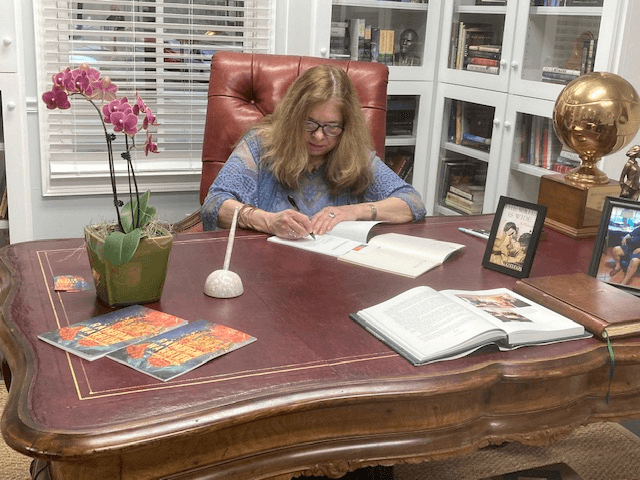
Image Credits
Photographers:
Barb Bausch
Nancy Bennett Evelyn
Jonathan Haupt
Mary Jett
Jacquelyn Markham
Kristy Wood


